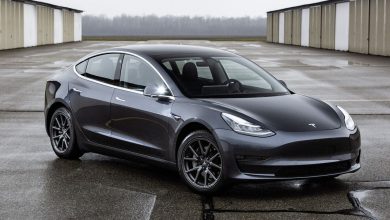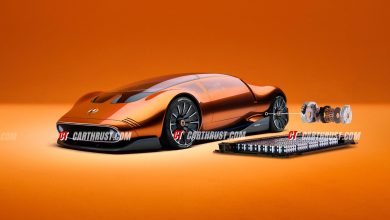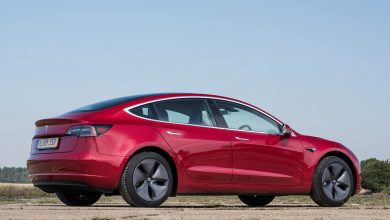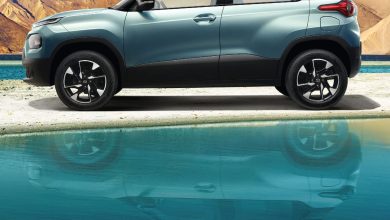The Tata Nexon EV’s range will increase after a software update
Not only will the range increase, but the performance figures of the vehicle are going to get better as well. WHAT!
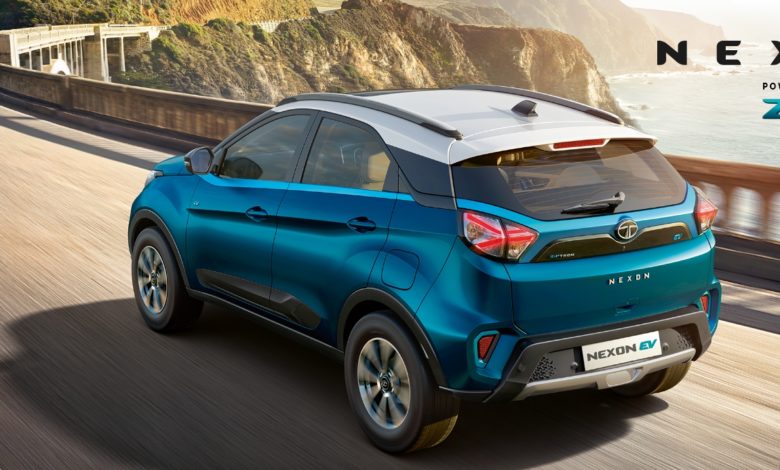
The Tata Nexon EV is the highest selling electric vehicle in India, and that is no surprise, as it not only manages to tick all the right boxes, but it does so very successfully. The Nexon is priced very competitively, offers great features, has a decent range, naturally it had to receive success. However, things are about to get only better for the Nexon EV as Tata will soon be updating its software, and by doing so, the range and performance figures will bummed up, and this just makes the electric Nexon an even better deal.
Currently the Nexon EV provides a hearty range of 312 kilometers (as per the Automotive Research Association of India) and with the upcoming updates, this range will only further increase. It was a recent interview with Mr. Anand Kulkarni, who is the Vehicle Line Director of the Nexon EV, where he disclosed that these updates will help the Ziptron Technology to not only increase its range and performance, but it will also raise the efficiency of the sub compact SUV.
Until a few years ago it was our phones, tablets, PCs and laptops which received updates to remove bugs and upgrade the system but we now live in a time where even our cars receive updates. This may seem very new to us in India, but software updates for EV vehicles is not new and Tesla is a great example of a company who continues to better their vehicles with the help of this technological advancement.
Initially Tesla’s Model S Long Range and Model X on a full charge had a range of 373 miles (600 kilometers) and 328 miles (528 kilometers). After receiving the firmware updates, the Model S Long Range could go on upto 390 miles (628 kilometers) and the Model X would be able to cover 351 (565 kilometers).
The Hyundai Kona too joins this list as on release the Kona had a range of 449 kilometres, but with a software update, that range grew to 484 kilometres. Point is, a software update is the equivalent of the magic potion used by Asterix (context – Asterix the Gaul would drink the magic potion which made him faster and stronger).
The ongoing range of Tata vehicles have 2 EVs, which are the Nexon and the Tigor. Although the spotlight is currently on the Nexon, the Tigor EV is not too bad itself. The electric Tigor is powered by the Electra powertrain, and this powertrain makes use of a low-voltage architecture (below 60v is referred to as low voltage, and anything above 60v falls in the high-voltage category).
Furthermore the Tigor comes with an option of 2 battery packs, a 16.5 kWh and 21.5 kWh pack. On the other hand, the electric show stopper of Tata, makes use of the Ziptron technology which supports high voltage architecture. The Nexon’s battery is a 30.2 kWh pack, which is bigger than that of the Tigor’s battery. One particular difference between the two which makes the Nexon truly better is, the inclusion of a permanent magnet synchronous motor, which lifts the range and efficiency of the Nexon.
Tata has introduced their own segment by launching the Nexon EV at 13.99 lakhs (ex-showroom) and they do not intend on stopping here. As per their plans, it seems that that Tata intends on adding an electric variants of the Altroz, HBX and a C segment sedan. Amongst these the HBX can further make Tata an alpha electric brand in India, as on release, it would be the cheapest electric vehicle on sale.
Thanks to Tata, other automakers are now looking to launch EVs at lower price segments, and this is good for the people and the environment as well. At this point the Nexon EV does not have a real rival, but Mahindra is looking to launch an electric version of the XUV 300 somewhere in 2021.

